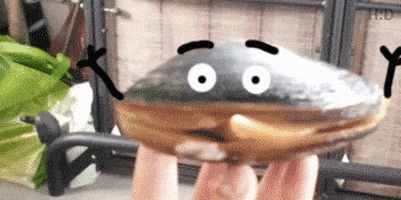Welcome to the reef!!




Follow along with the video below to see how to install our site as a web app on your home screen.
Note: This feature may not be available in some browsers.



It has a few unique challanges.Welcome to R2R! A pico in an RV? Sounds intriguing.
Welcome, we've been expecting you......I'm New to this community and hoping to add value by educating others about the pacific oyster and learn from the enlightened community here.
I have a PICO 3.5 gallon tank a few days old with 2 LBS. calcium carbonate substrate, in an RV with 1 turbo Astraea snail, 2 blue/green chromis, 1 watchman goby, 1 LB. live rock covered in Coraline, and 1 FRESH grocery store pacific oyster with 2 barnacles and all the mud and detritus as well as wanted and unwanted hitchhikers, carefully collected and added to my tank and mixed into my substrate.
I used 1 small bottle of live nitrifying bacteria (up to 30 gallons) 2 days ago, and have saved all the water 1 gallon at a time from each water change, up to 2 changes and 2 gallons per day depending on ammonia-nitrite-nitrate levels. I expect my nitrogen cycle to complete in 2 to 5 days from now with average temp at 70F with VERY carefully monitored 1.024 SG water.
All inhabitants are very happy except the snail which has been sluggish during this nitrogen cycle and who is now excited about the algae on the oyster shell.
I am happy to blog about it, but I really want expert advice and thoughts!
I have bred SW and FW plants and animals for my LFS and even created a method to convert and breed mollies to full SW 32PPT with 100% survival rate.
I am not a noob, over 10 continuous years in aquarium husbandry, and I have the capacity to learn and cross reference new and old information to get the most from useful information. but I am committed to being the best I can be and if anyone has useful or even off topic information I am willing to talk at great length to improve the hobby and success rates.
I thank anyone who wishes to add to this particular conversation about using oysters to reduce nitrates, nitrites, and quickly finish the nitrogen cycle with the help of an oyster and a bottle of Instant Ocean BIO-SPIRA.
PLeASE add anything useful or related to this thread if its called that... I know more about water parameters than I do forums.
Welcome to the reefing world! Also welcome to the largest online reef forum out there! R2R is a great place to gain knowledge and learn from all kinds of hobbyists!I'm New to this community and hoping to add value by educating others about the pacific oyster and learn from the enlightened community here.
I have a PICO 3.5 gallon tank a few days old with 2 LBS. calcium carbonate substrate, in an RV with 1 turbo Astraea snail, 2 blue/green chromis, 1 watchman goby, 1 LB. live rock covered in Coraline, and 1 FRESH grocery store pacific oyster with 2 barnacles and all the mud and detritus as well as wanted and unwanted hitchhikers, carefully collected and added to my tank and mixed into my substrate.
I used 1 small bottle of live nitrifying bacteria (up to 30 gallons) 2 days ago, and have saved all the water 1 gallon at a time from each water change, up to 2 changes and 2 gallons per day depending on ammonia-nitrite-nitrate levels. I expect my nitrogen cycle to complete in 2 to 5 days from now with average temp at 70F with VERY carefully monitored 1.024 SG water.
All inhabitants are very happy except the snail which has been sluggish during this nitrogen cycle and who is now excited about the algae on the oyster shell.
I am happy to blog about it, but I really want expert advice and thoughts!
I have bred SW and FW plants and animals for my LFS and even created a method to convert and breed mollies to full SW 32PPT with 100% survival rate.
I am not a noob, over 10 continuous years in aquarium husbandry, and I have the capacity to learn and cross reference new and old information to get the most from useful information. but I am committed to being the best I can be and if anyone has useful or even off topic information I am willing to talk at great length to improve the hobby and success rates.
I thank anyone who wishes to add to this particular conversation about using oysters to reduce nitrates, nitrites, and quickly finish the nitrogen cycle with the help of an oyster and a bottle of Instant Ocean BIO-SPIRA.
PLeASE add anything useful or related to this thread if its called that... I know more about water parameters than I do forums.
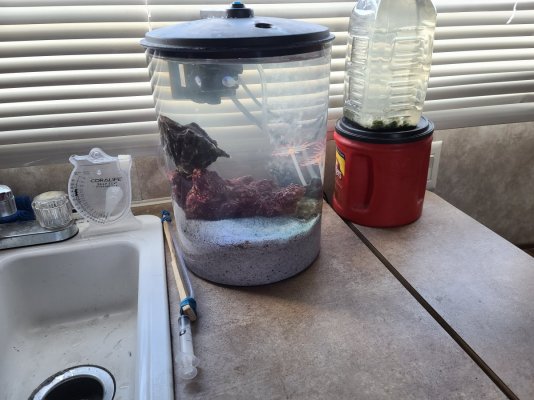
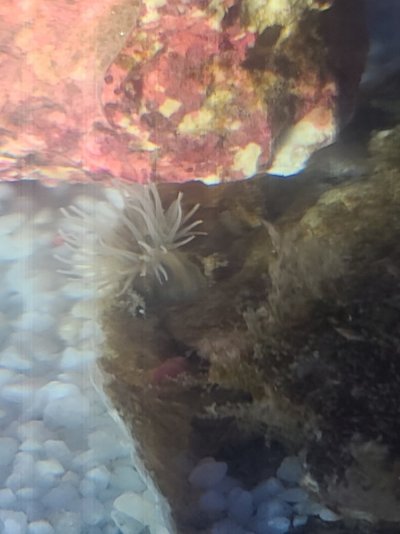
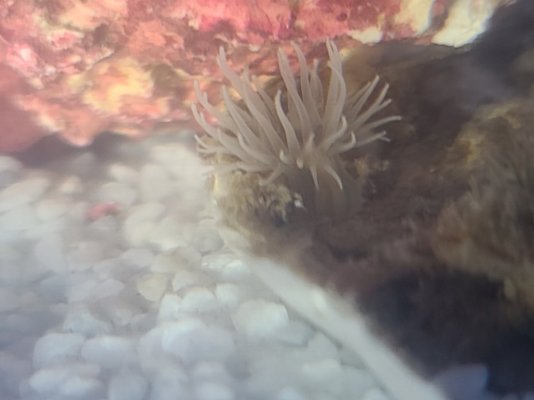
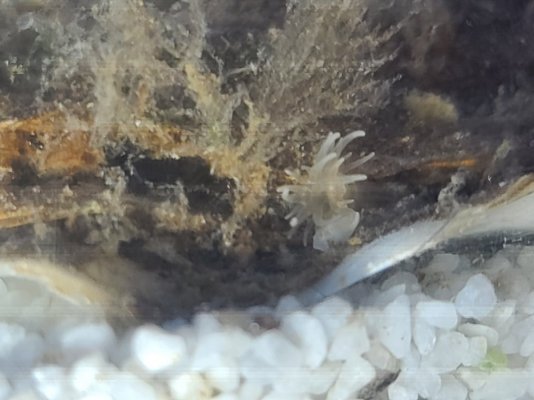
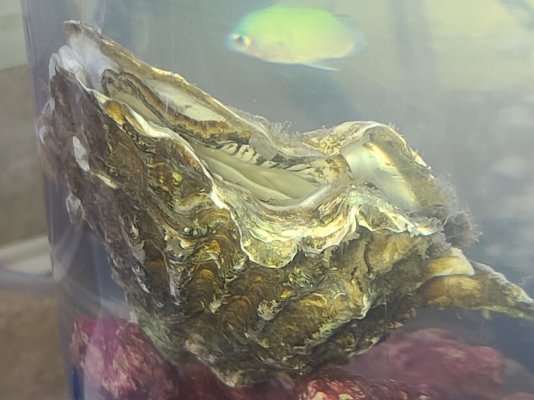
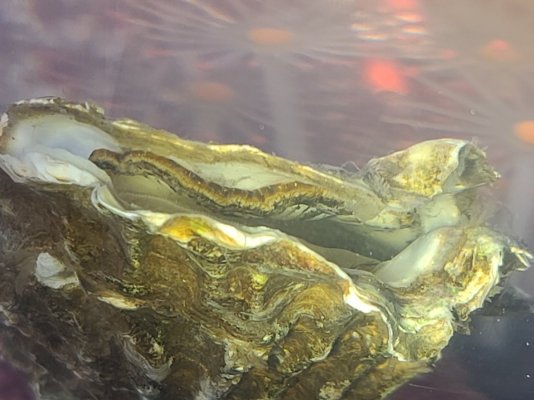
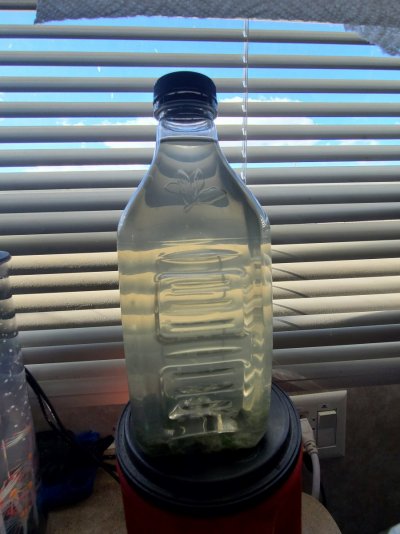
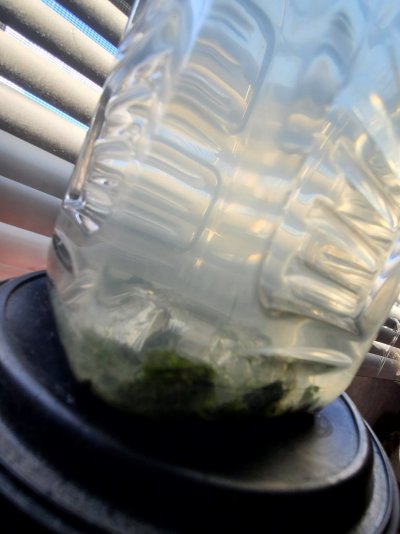
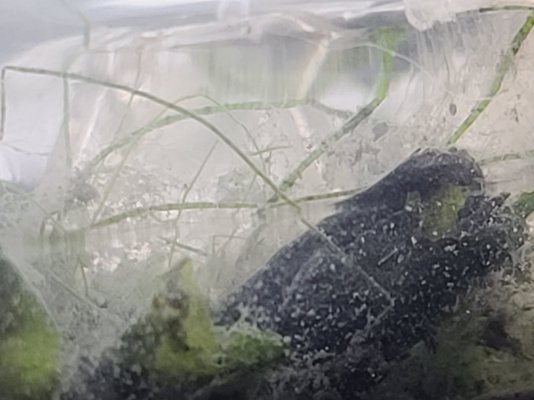
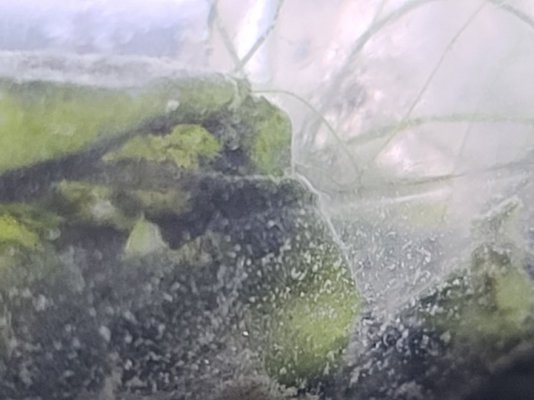
Belated welcome to the fishy family!I'm New to this community and hoping to add value by educating others about the pacific oyster and learn from the enlightened community here.
I have a PICO 3.5 gallon tank a few days old with 2 LBS. calcium carbonate substrate, in an RV with 1 turbo Astraea snail, 2 blue/green chromis, 1 watchman goby, 1 LB. live rock covered in Coraline, and 1 FRESH grocery store pacific oyster with 2 barnacles and all the mud and detritus as well as wanted and unwanted hitchhikers, carefully collected and added to my tank and mixed into my substrate.
I used 1 small bottle of live nitrifying bacteria (up to 30 gallons) 2 days ago, and have saved all the water 1 gallon at a time from each water change, up to 2 changes and 2 gallons per day depending on ammonia-nitrite-nitrate levels. I expect my nitrogen cycle to complete in 2 to 5 days from now with average temp at 70F with VERY carefully monitored 1.024 SG water.
All inhabitants are very happy except the snail which has been sluggish during this nitrogen cycle and who is now excited about the algae on the oyster shell.
I am happy to blog about it, but I really want expert advice and thoughts!
I have bred SW and FW plants and animals for my LFS and even created a method to convert and breed mollies to full SW 32PPT with 100% survival rate.
I am not a noob, over 10 continuous years in aquarium husbandry, and I have the capacity to learn and cross reference new and old information to get the most from useful information. but I am committed to being the best I can be and if anyone has useful or even off topic information I am willing to talk at great length to improve the hobby and success rates.
I thank anyone who wishes to add to this particular conversation about using oysters to reduce nitrates, nitrites, and quickly finish the nitrogen cycle with the help of an oyster and a bottle of Instant Ocean BIO-SPIRA.
PLeASE add anything useful or related to this thread if its called that... I know more about water parameters than I do forums.
